Academic integrity is a cornerstone of any educational institution, ensuring a level playing field for all students. However, when instances of academic dishonesty arise, it's essential to address them promptly and transparently to uphold these values. In this article, we will explore a straightforward letter template designed for reporting violations of academic integrity, helping educators effectively communicate their findings. Join us as we dive into the details and provide you with the tools you need to navigate this important issue.
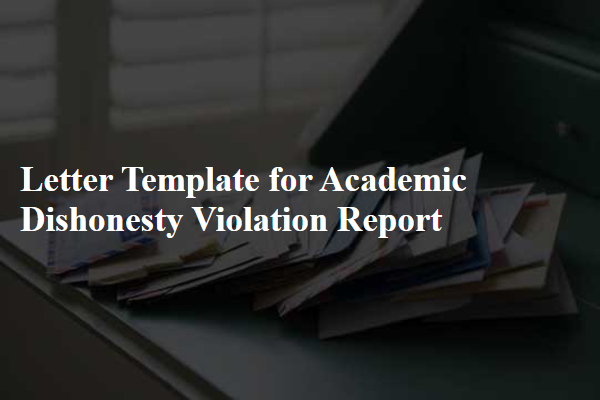
Incident Description
In October 2023, a significant academic dishonesty incident occurred during a midterm examination for the Introduction to Psychology course at State University. The student, identified as John Doe, was observed utilizing unauthorized materials, specifically a list of answers inscribed on a small notepad, during the assessment. The examination room, located in Lecture Hall B, was monitored by a proctor who noticed the student engaging in suspicious behavior at approximately 2:15 PM. As the proctor approached, Doe attempted to conceal the notepad, raising further concerns. The midterm, valued at 30% of the final grade, is structured to evaluate comprehension of key psychological principles and theories. This violation of academic integrity policies is particularly alarming given the importance of ethical standards in academia and professional fields. Legal ramifications, as outlined in university policies, may ensue, reflecting the serious nature of such infractions.
Evidence and Documentation
Academic dishonesty incidents, particularly in universities like Harvard or Stanford, often require thorough documentation for proper investigation. Examples may include plagiarized essays (using online sources without citation), unauthorized collaboration on assignments, or exam cheating (using prohibited materials). Gathering documentation includes collecting original submissions, comparison reports from plagiarism detection software like Turnitin (percentage similarity score), and witness statements from professors or peers. Additionally, maintaining records of any communications with students regarding misconduct helps establish a timeline of events, crucial for university disciplinary processes. Adhering to institutional policies ensures that the report is comprehensive and supports fair deliberation.
Student's Account/Statement
The academic dishonesty violation report often involves serious consequences that can affect a student's academic standing and reputation at the institution. Students may face allegations of cheating, plagiarism, or other forms of dishonest conduct based on specific incidents, such as submitting work that is not their own or collaborating inappropriately on assessments. In many cases, universities have strict policies regarding these violations, with the potential for disciplinary actions ranging from failing the assignment to expulsion. The context of the incident, such as the course name, professor's guidelines, and date of the alleged infraction, plays a critical role in determining the severity of the consequences. Reports are typically submitted to academic integrity boards, outlining the findings and the student's account of the situation, allowing for a thorough examination of circumstances surrounding the violation. Understanding the institution's honor code is essential for students to navigate these challenging situations properly.
Consequences and Penalties
Academic dishonesty includes acts such as plagiarism, cheating, and fabrication of data, which violate university policies. Universities impose strict penalties for such violations to maintain academic integrity. Consequences may include a failing grade for the assignment or course (notably affecting GPA calculations) and possible disciplinary probation, which can last for one semester or longer. In severe cases, a student may face suspension (temporary removal from the university) or expulsion (permanent removal from the institution), both of which severely impact academic progress and future career opportunities. Additionally, a formal record of the violation may be placed in the student's academic file, influencing applications for graduate school or professional programs. Understanding these ramifications is crucial for students to navigate academic responsibilities effectively.
Appeal Process and Deadlines
Students facing academic dishonesty violations at universities must navigate an appeal process with specific deadlines to ensure fairness and due process. Typically, universities provide a clear timeline for submitting appeals, often ranging from 5 to 15 business days after the notification of the violation. During this period, students must gather relevant evidence, such as emails, witness statements, or academic resources, to support their appeal. It is essential to carefully adhere to the university's guidelines, which may include submitting a written statement detailing the grounds for the appeal and any supporting documentation. Missing deadlines can result in forfeiture of the right to appeal, so timely action is crucial. The committee responsible for reviewing appeals usually consists of faculty members and administrative staff, ensuring an impartial evaluation of the case based on the evidence presented and university policy.

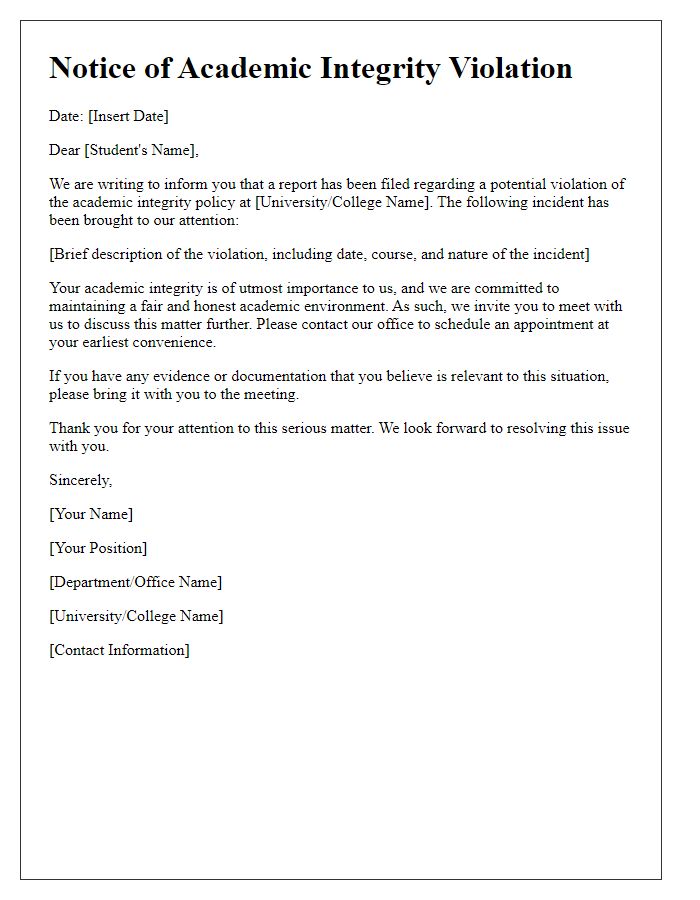
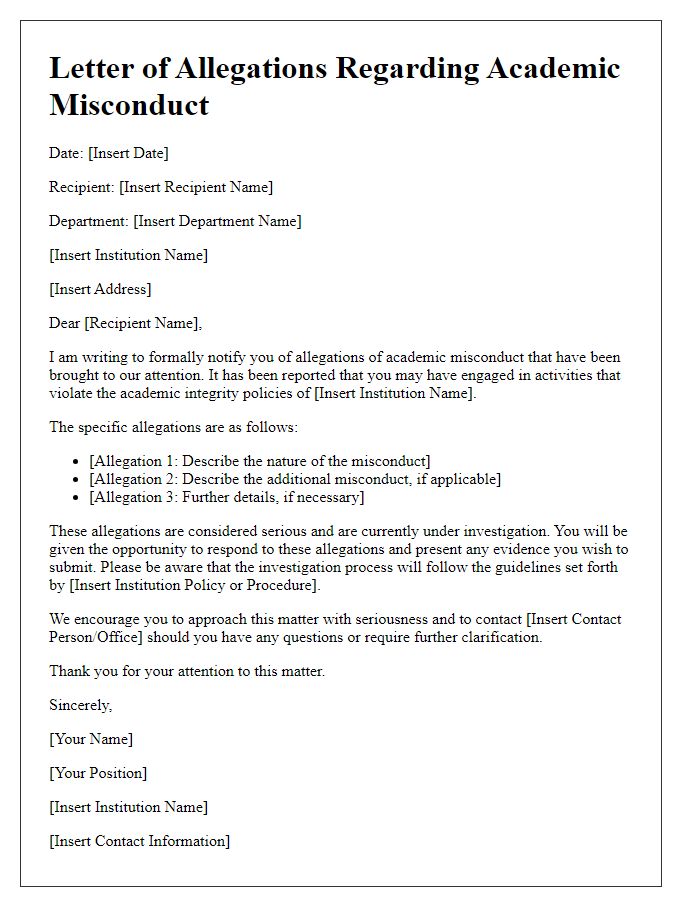
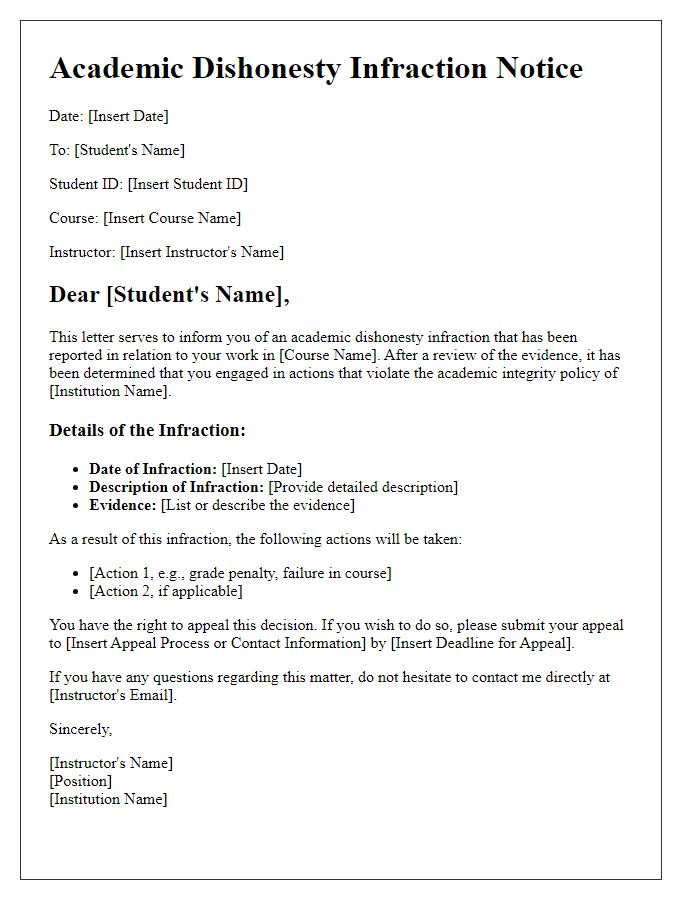
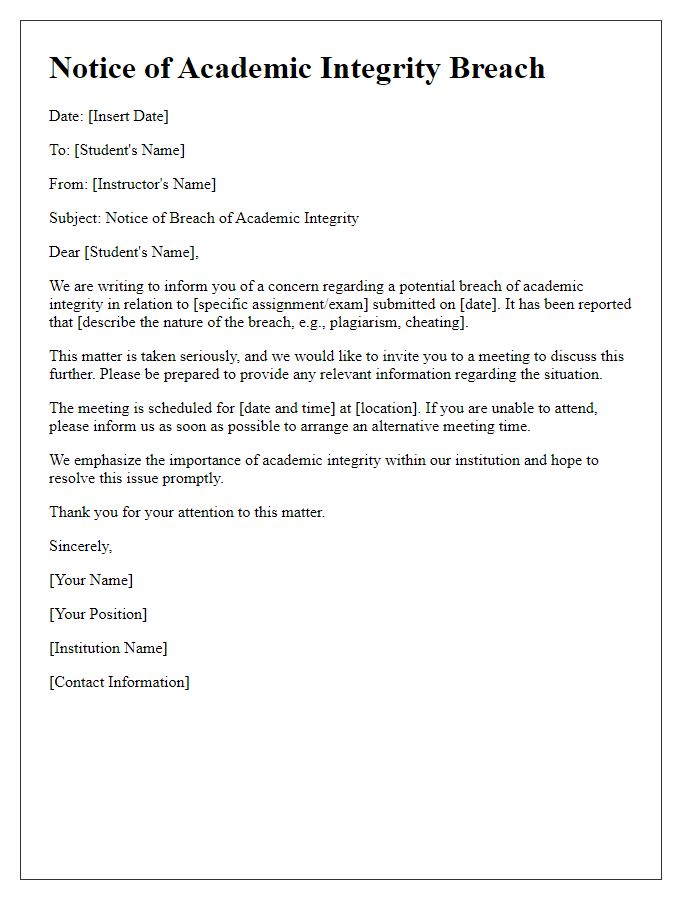
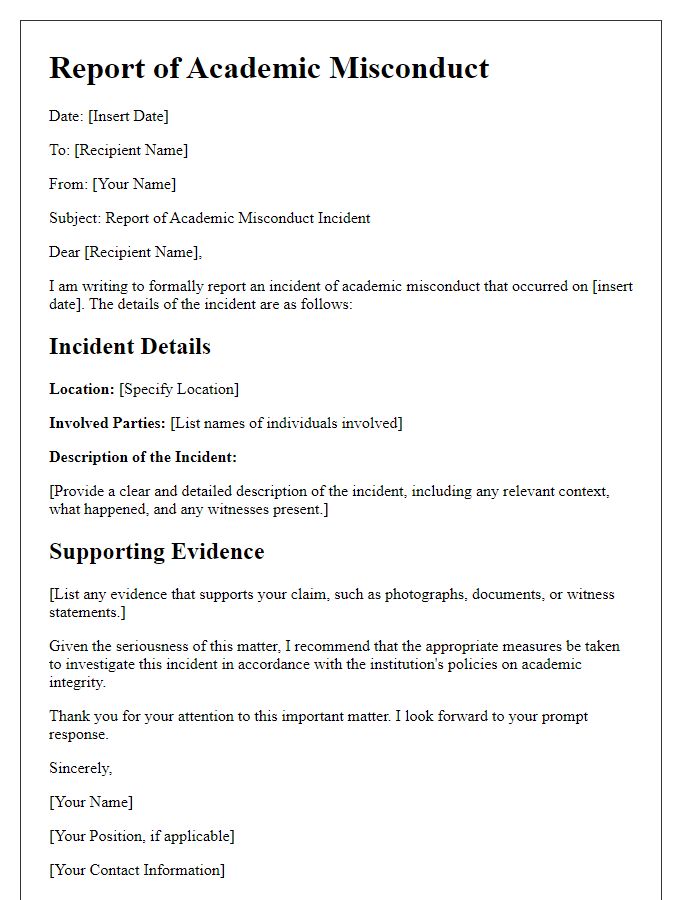
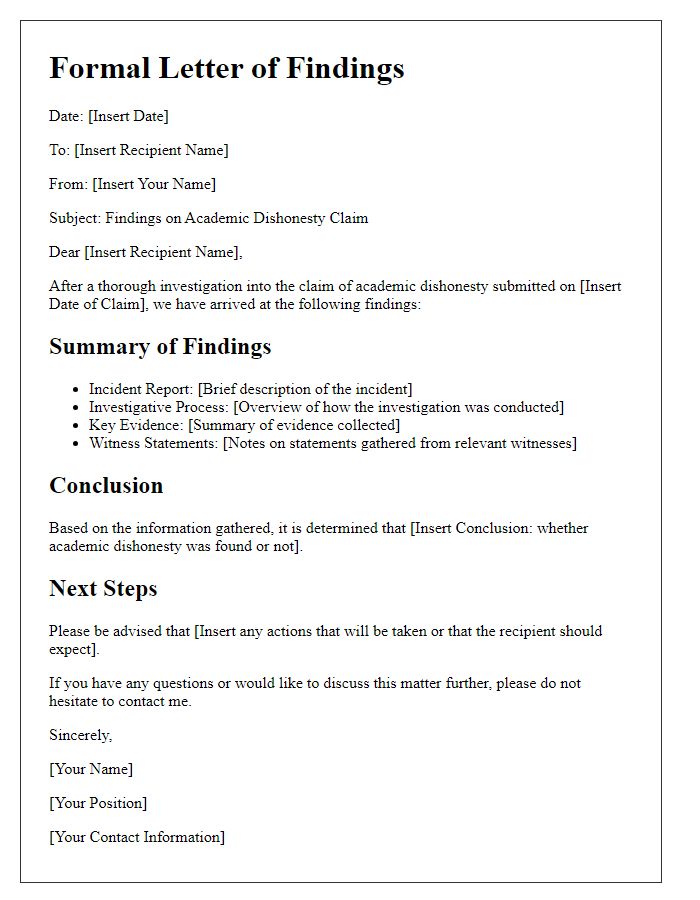
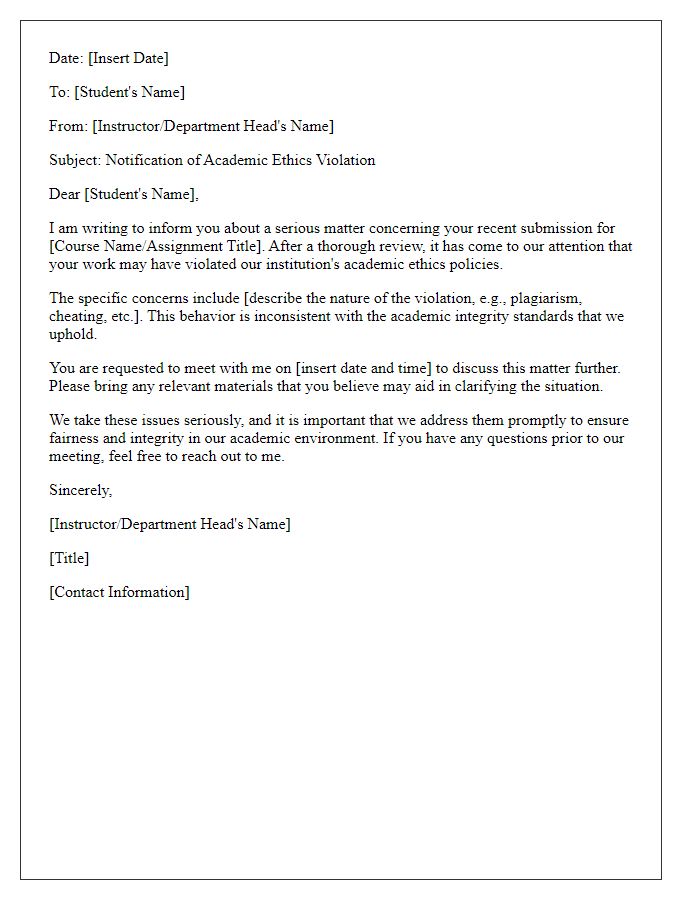
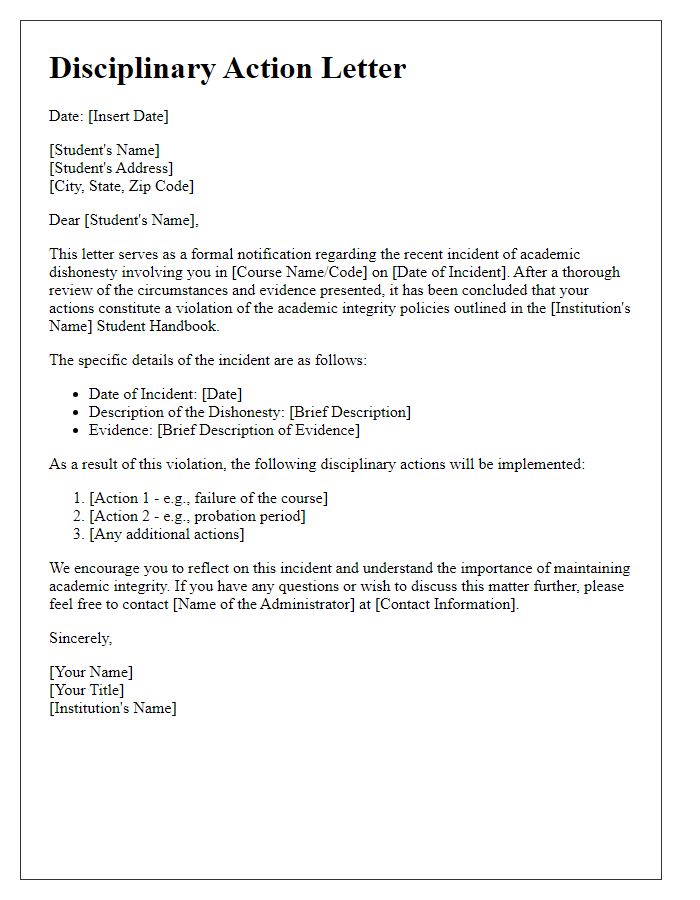
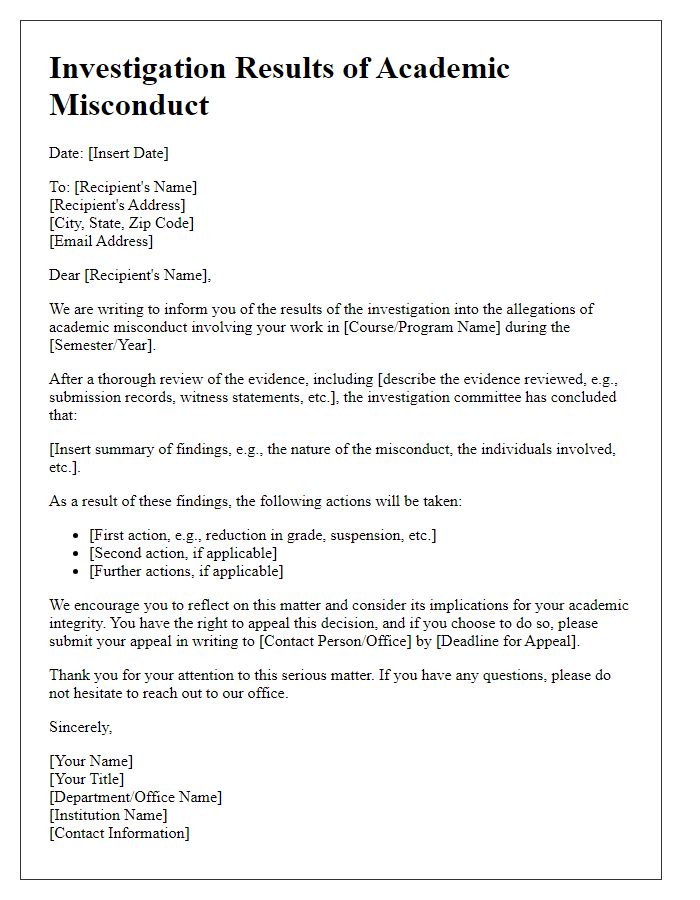
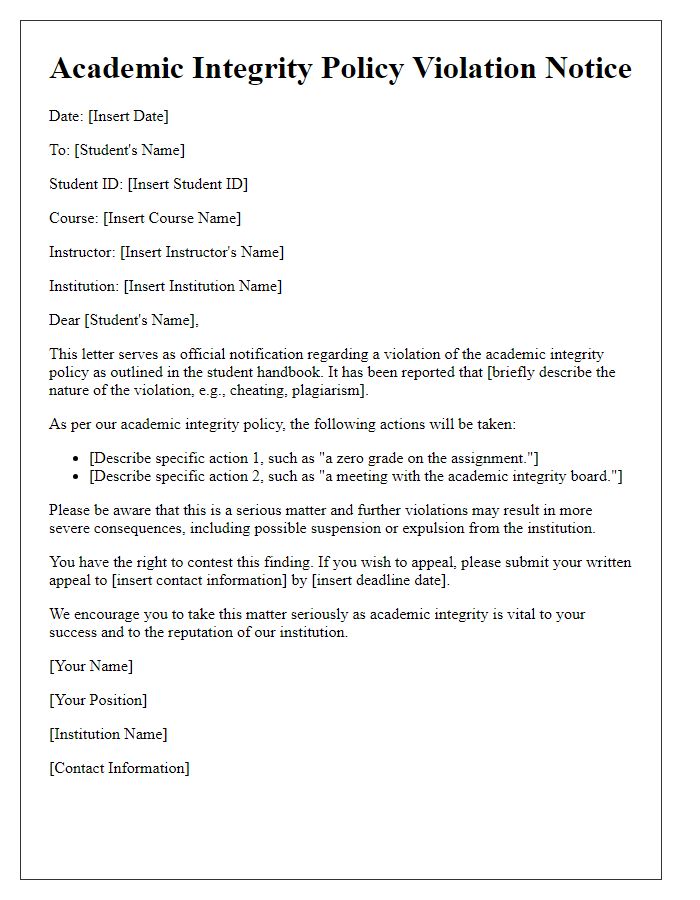


Comments